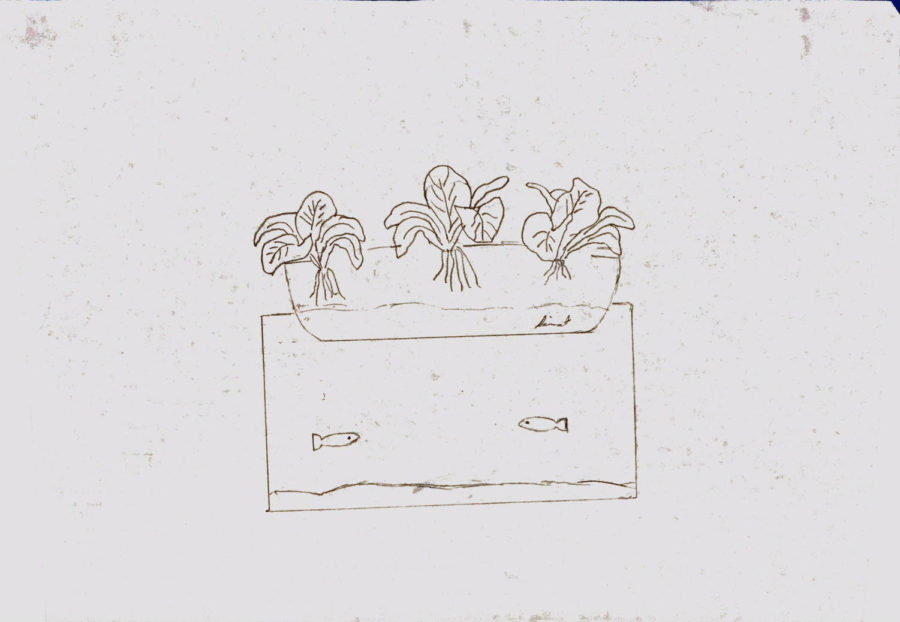Aquaponics: A Challenge for the Students
When students enter school as freshmen, the science department welcomes them with an intensive, semester-long project called aquaponics. Aquaponics is a unique project exclusive only to Portola High’s Living Earth curriculum. Although aquaponics is well-structured and thoughtful, it still has room for improvement.
Why some students say that aquaponics needs to be modified lies within the complexity and the scale of the project itself. Since the project is broad and lengthy, students have a hard time figuring out how to properly approach and continue with the project.
“We had to do a lot of runs to Home Depot because students didn’t put down exactly how much wood they needed… they didn’t understand their plans well enough,” science teacher Sharon Fronk said.
Since the project involves a large group of around 16 people rather than individuals or small groups, it definitely comes to freshmen as a challenge. Moreover, the concept of aquaponics is not familiar to many students, causing students to have a lack of clarity and understanding when attempting to build this system for the first time.
“We had to think of how we could get together as a group and put all our ideas together for this project,” freshman Sarina Iwai said.
Aquaponics contains numerous subsections: fish, plants, soil and more. To complete a fully-functioning system, all these subsections have to come into harmony, which ends up requiring an immense amount of communication and teamwork.
“I feel that there was a strong lack of synergy within the groups that we were placed in,” freshman Rishav Sen said.
Aquaponics comes with a lot of responsibilities for the students, and one of the major differences this year compared to last year is that the teachers are holding students accountable for figuring everything out, making it much more student-driven. Therefore, students face difficulties when determining the right type of materials, exact measurements and amount of materials.
However, there is some interesting research that can be done about aquaponics. Some students find it enjoyable that there are so many possibilities. Aquaponics is an interesting project, but it needs a touch of modification such as giving students more time to plan and complete the blueprint to make it more enjoyable for students.
Your donation will support the student journalists of Portola High School. Your contribution will allow us to purchase equipment and cover our annual website hosting costs.

Junhee Ryu is one of your business managers for the 2019-2020 cycle. Going into his final year with the Pilot, he is excited to make a lot of money so...

Simrat Singh is one of your 2019-2020 Co-Editors-In-Chief, for his third and final year in the Pilot! As Co-Editor-In-Chief, Simrat is ready to leave a...




